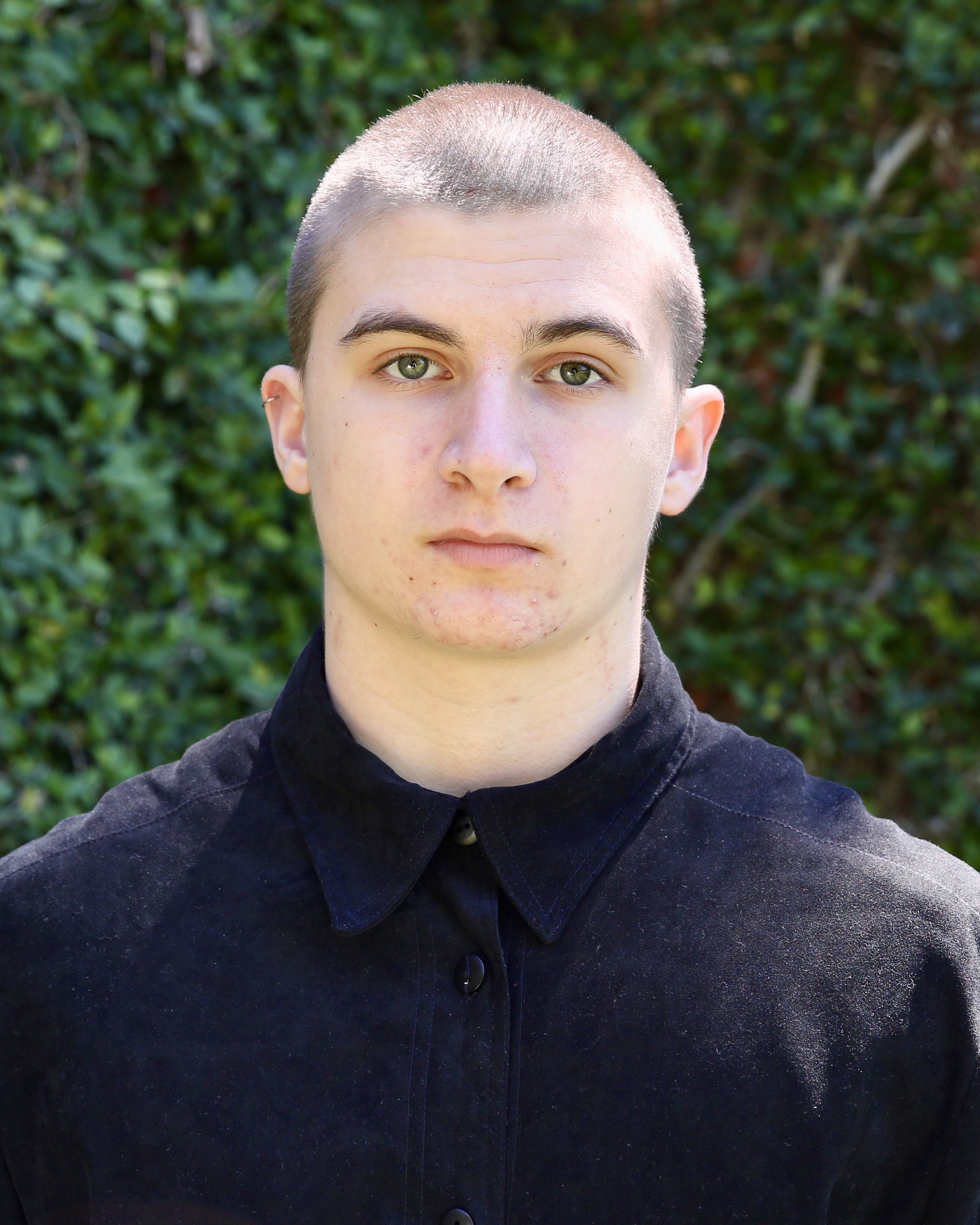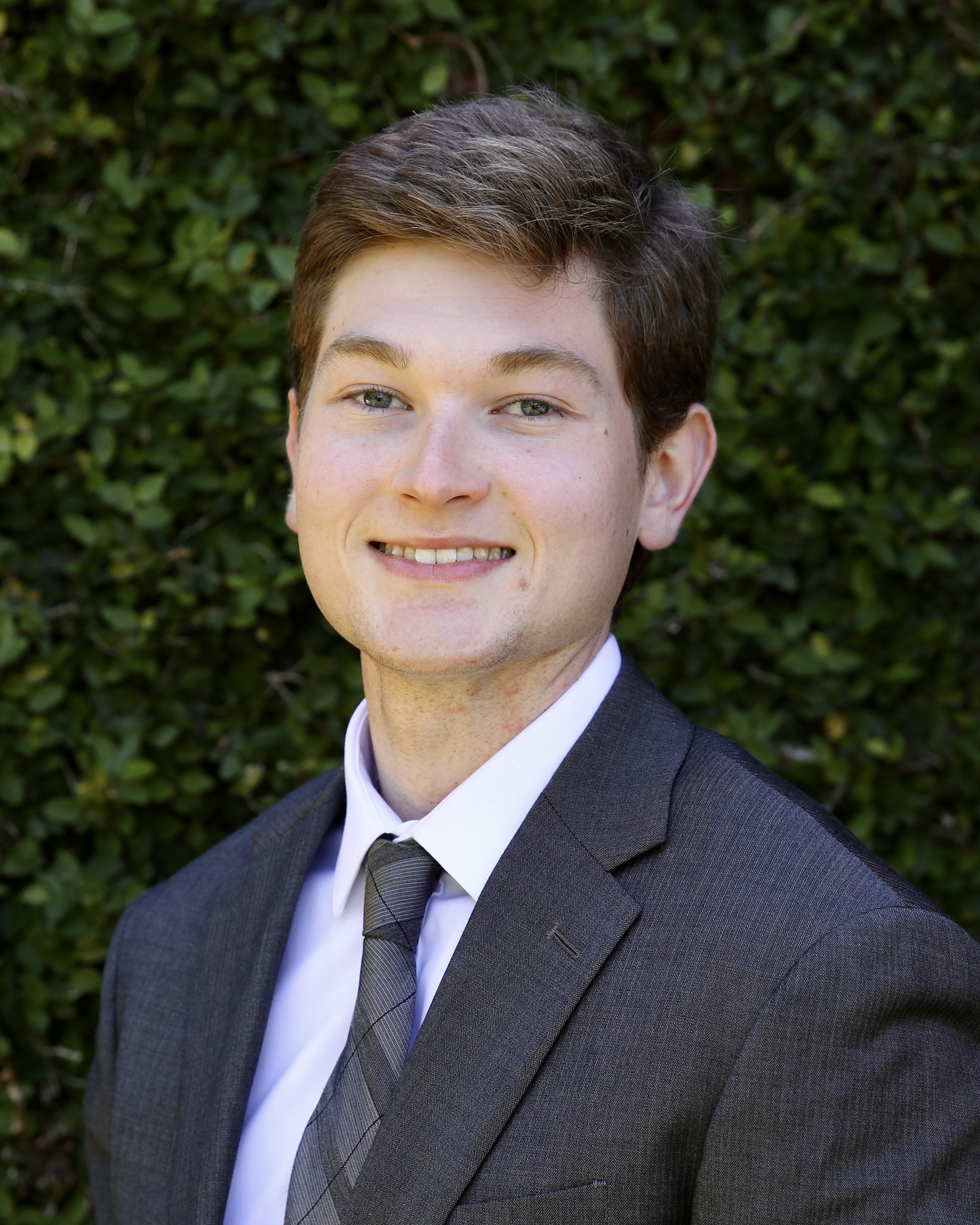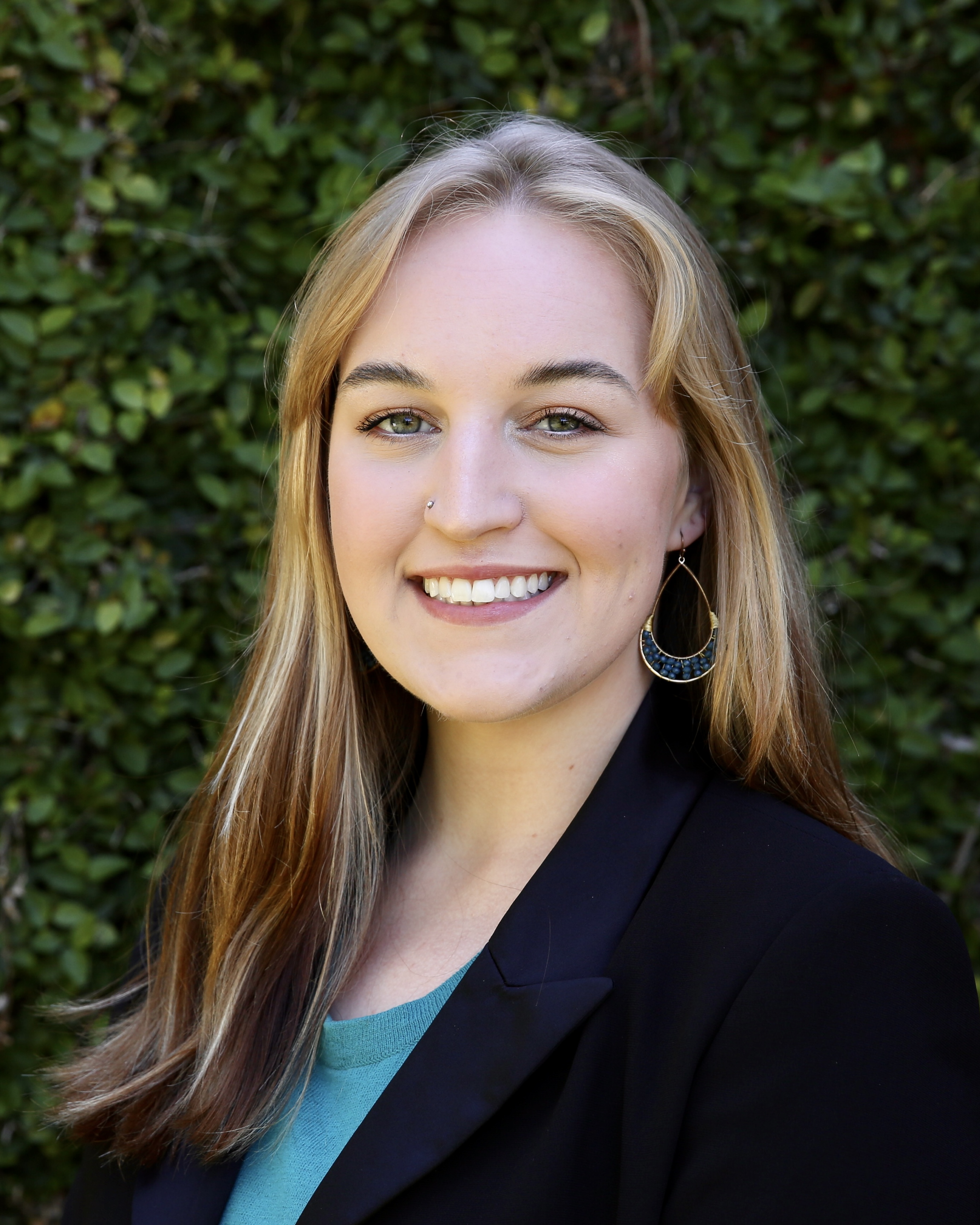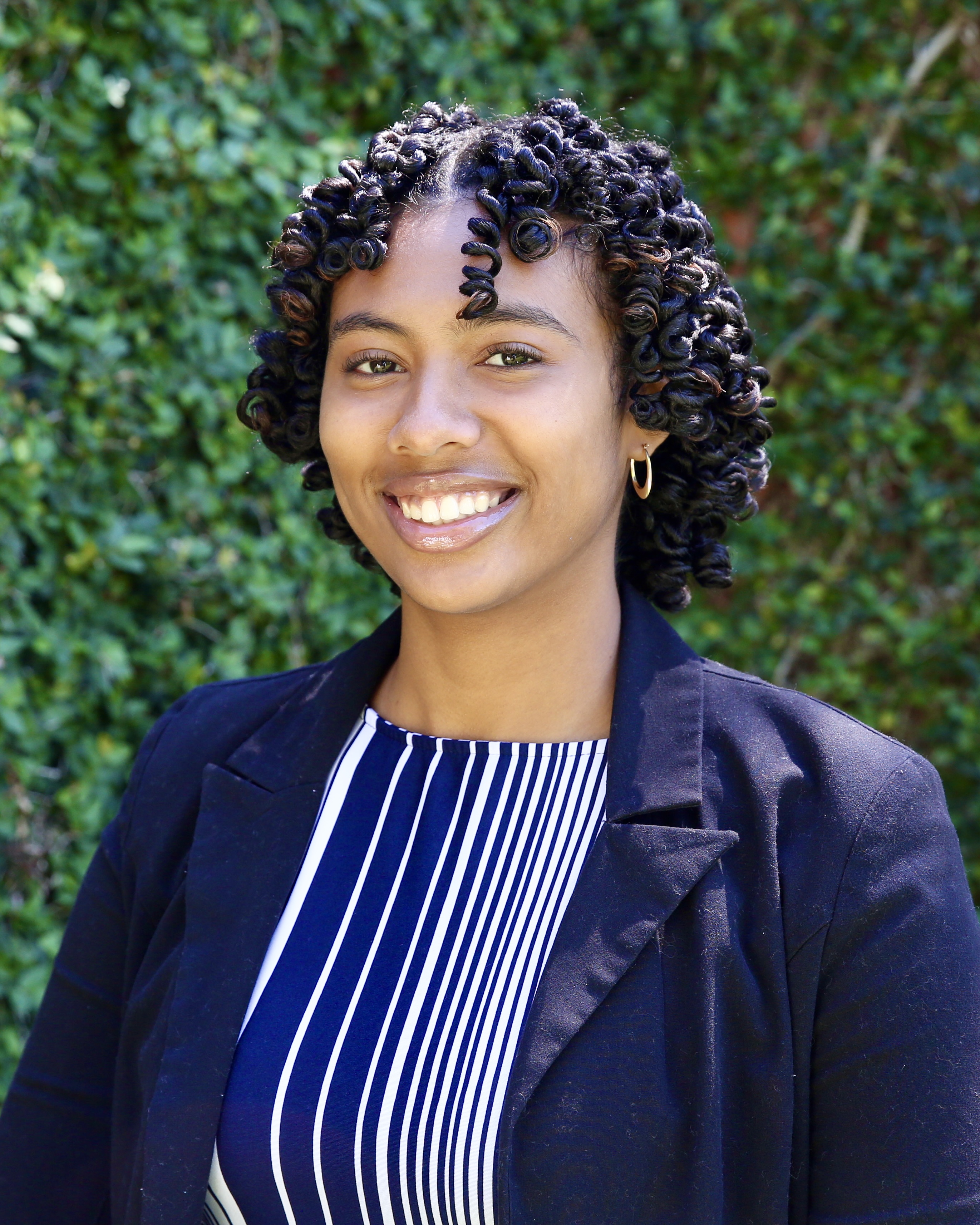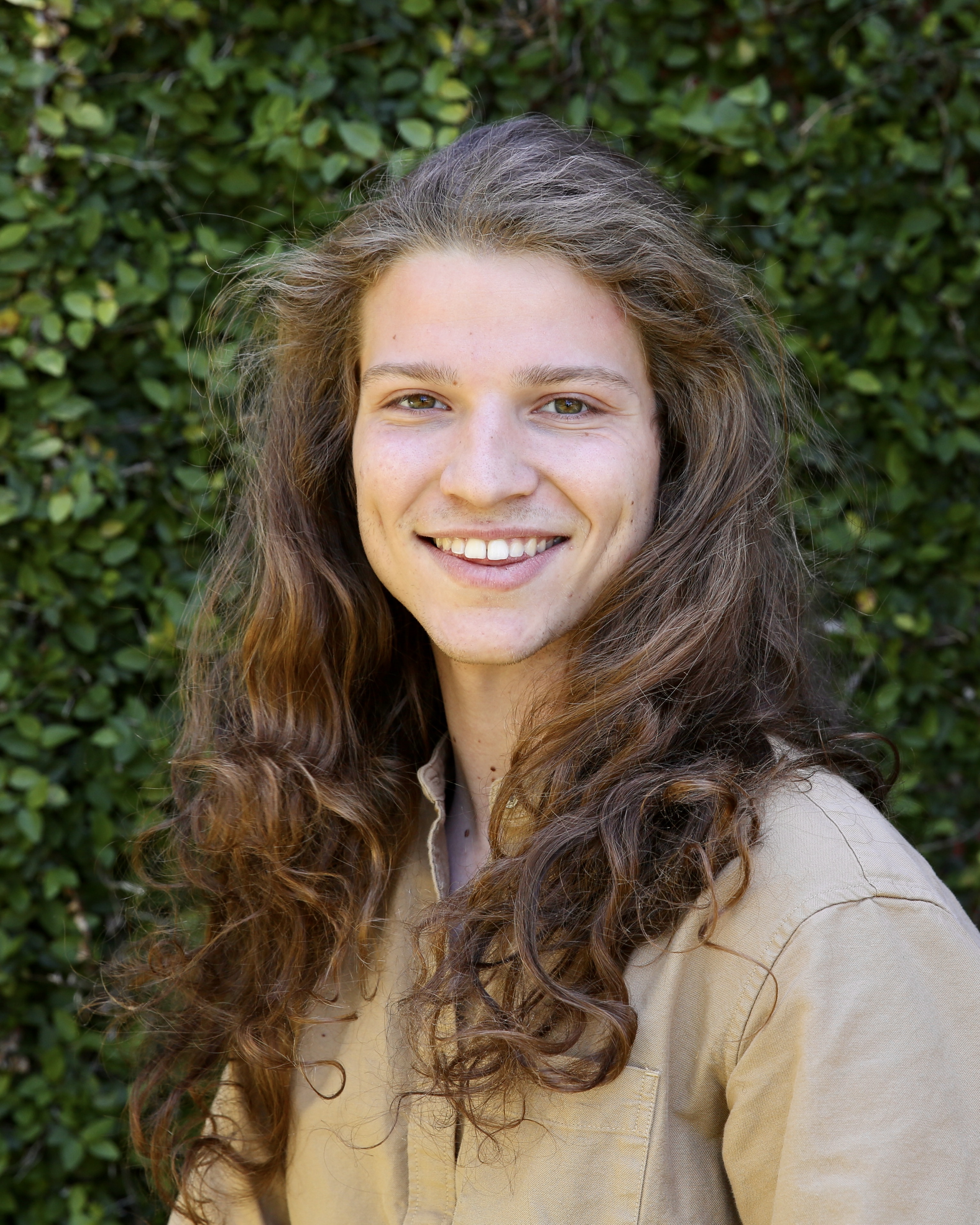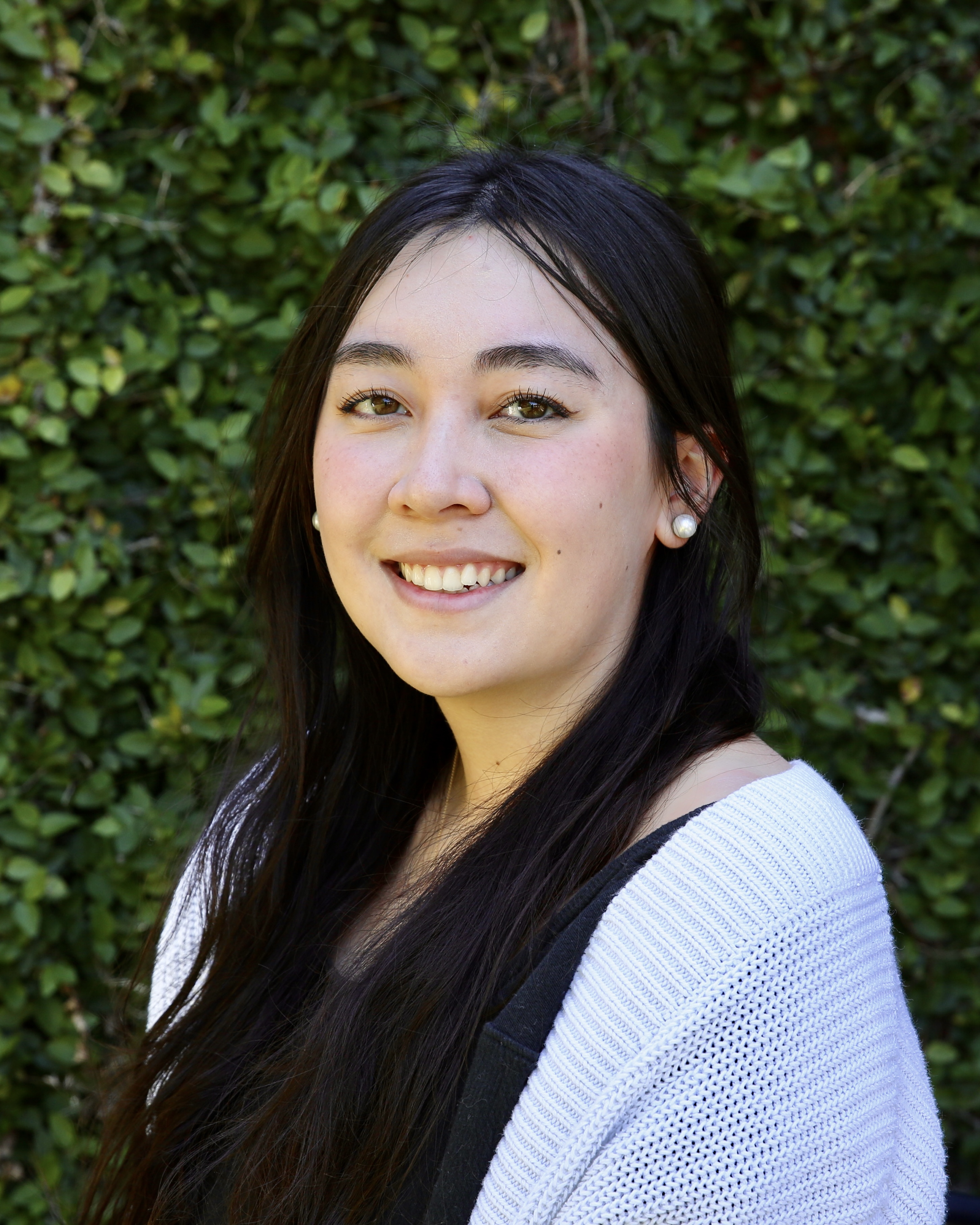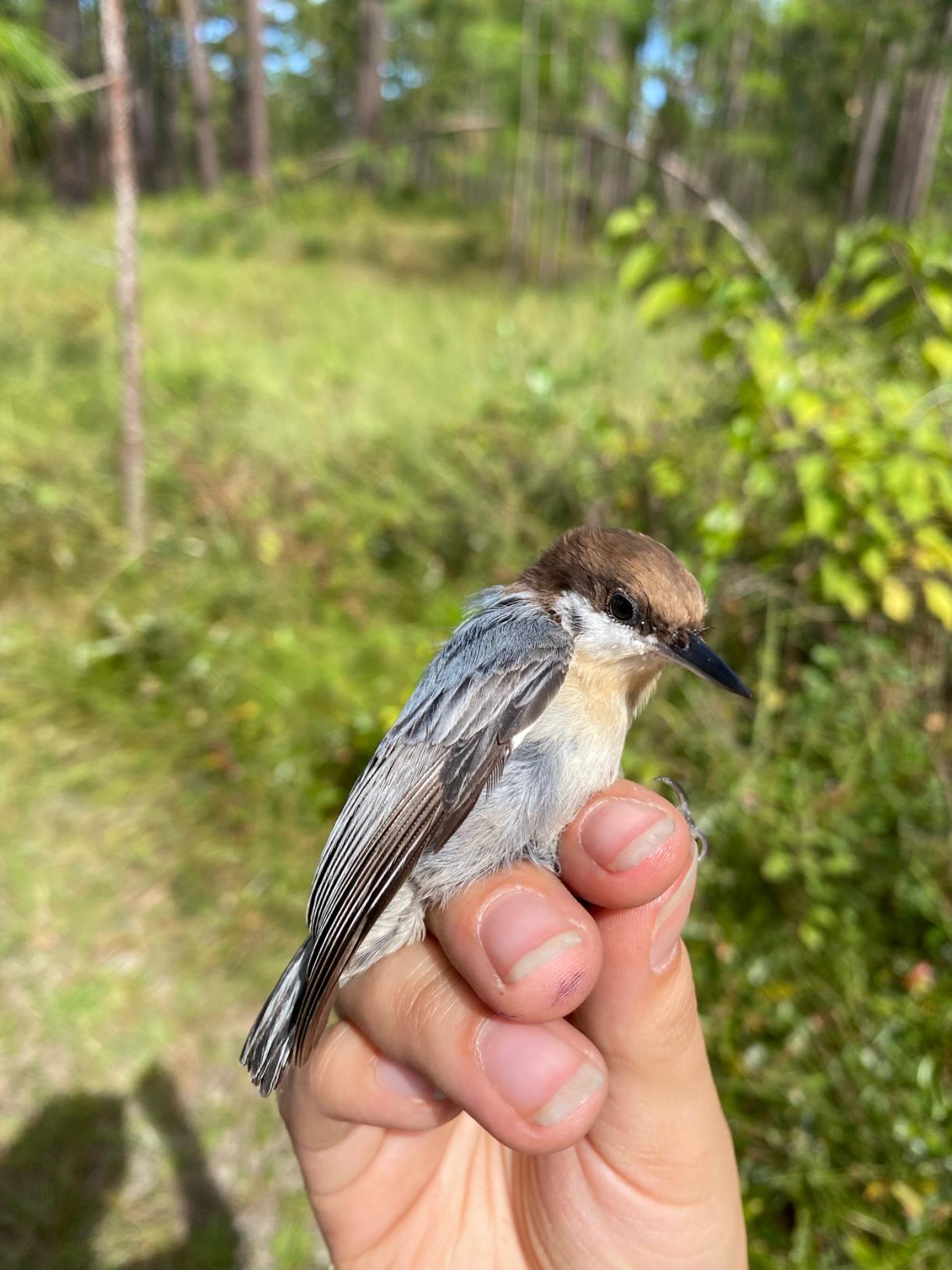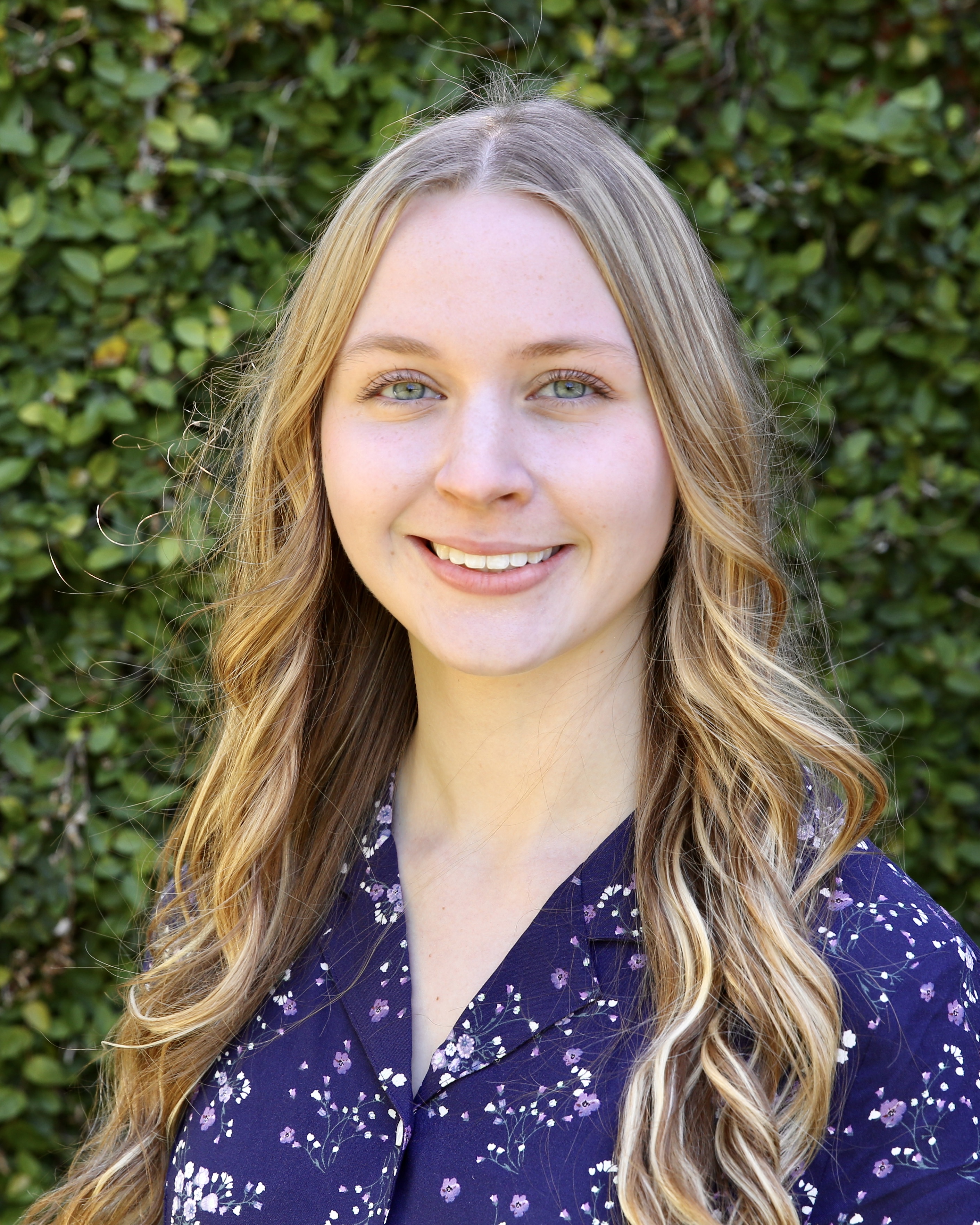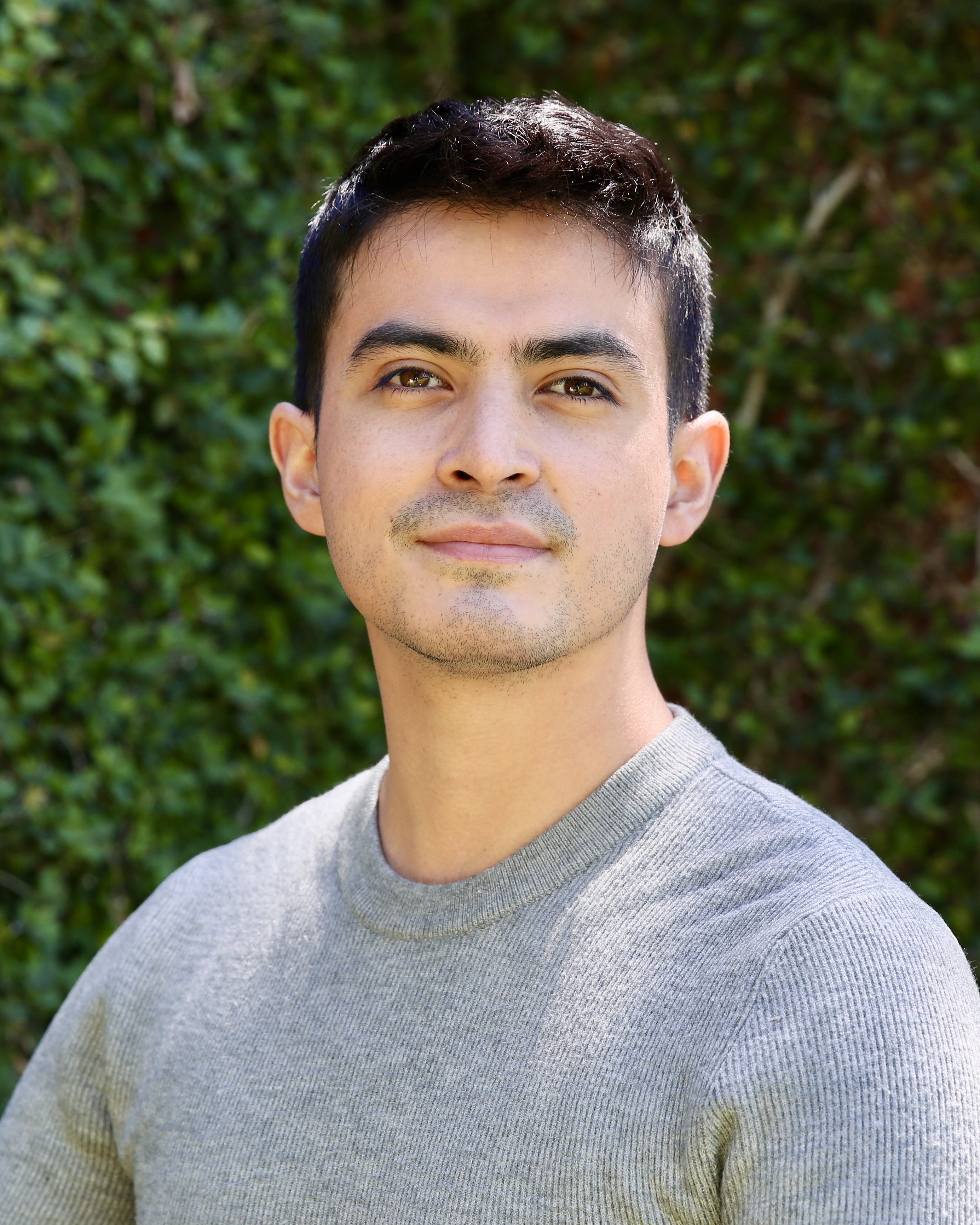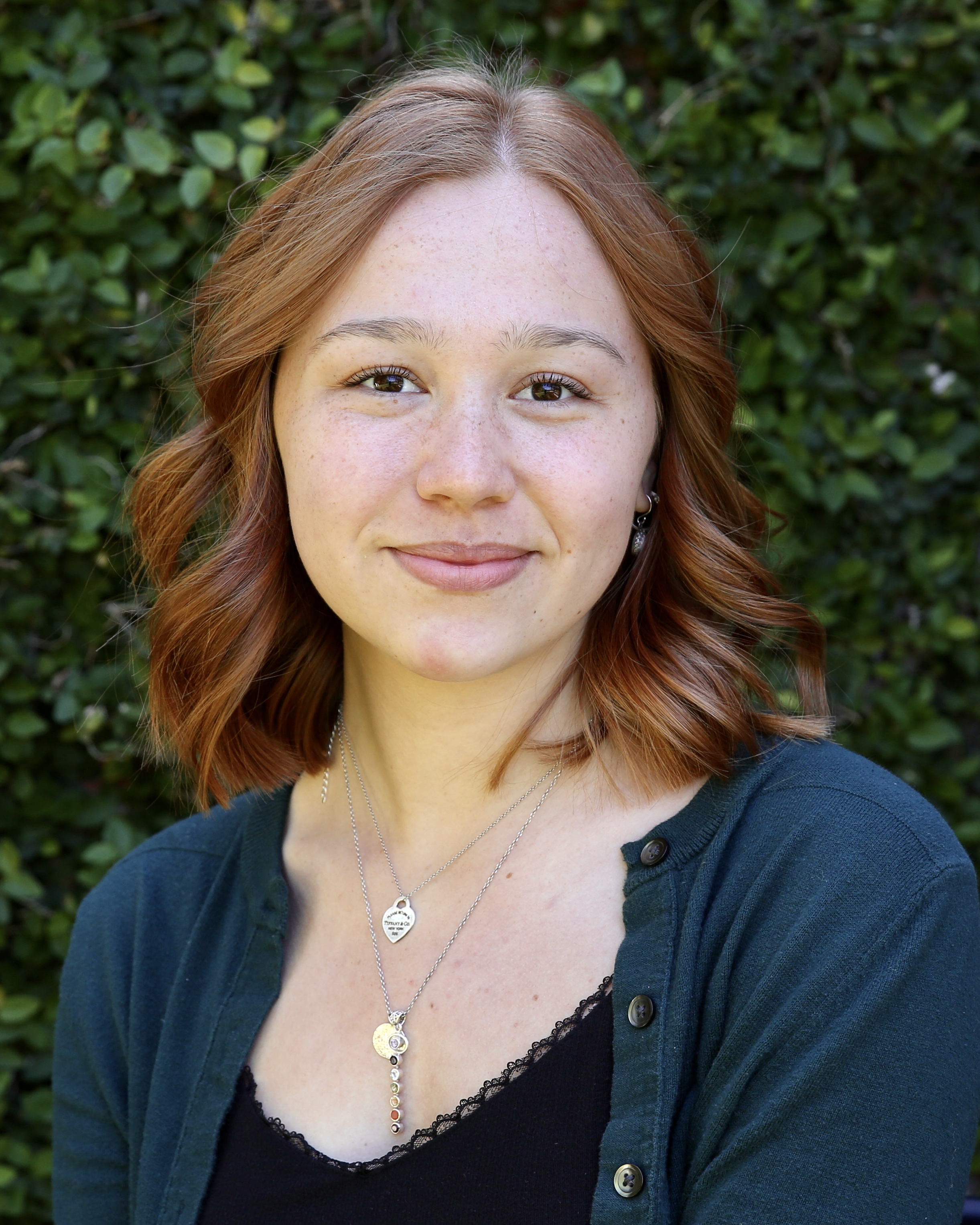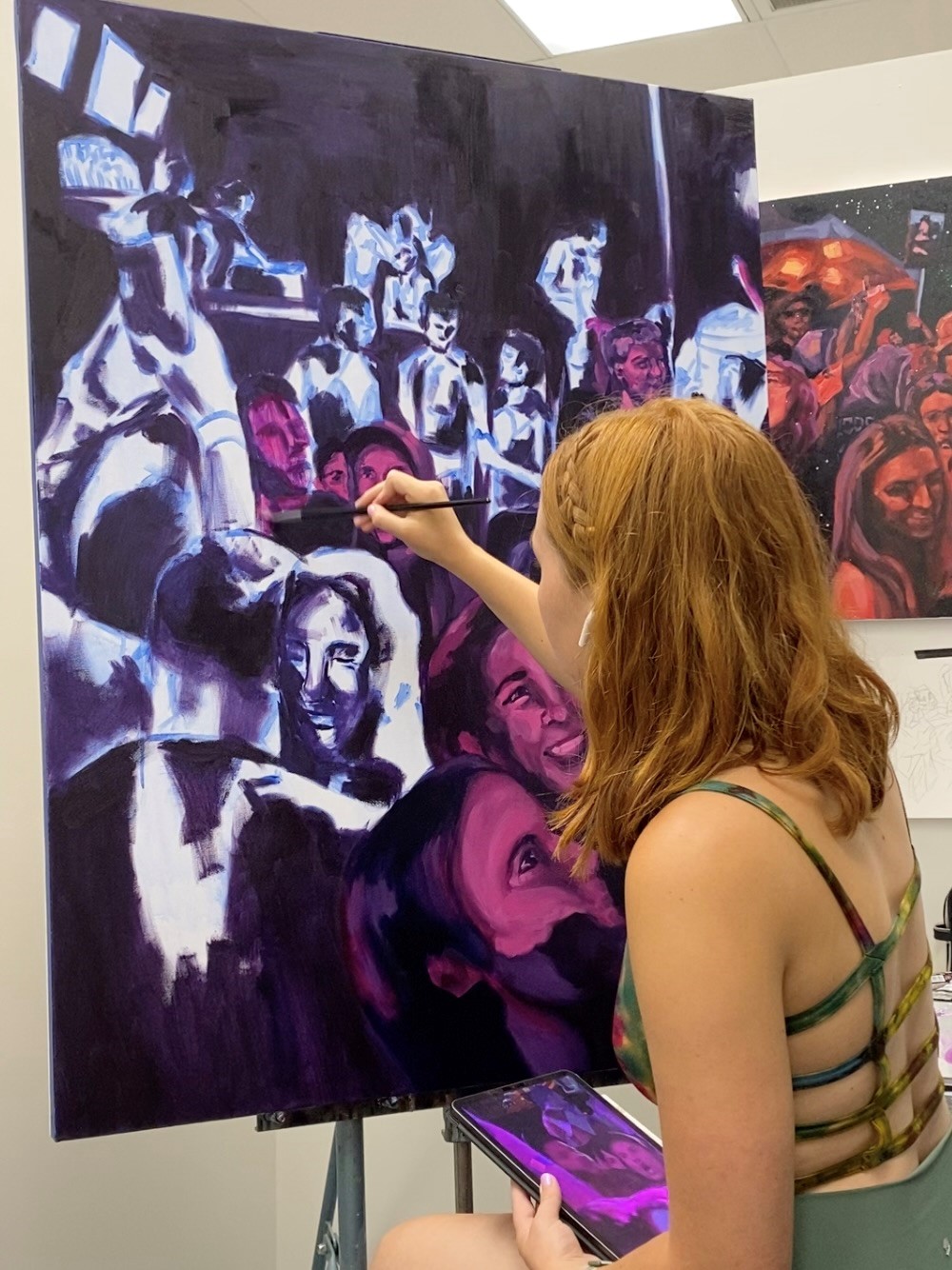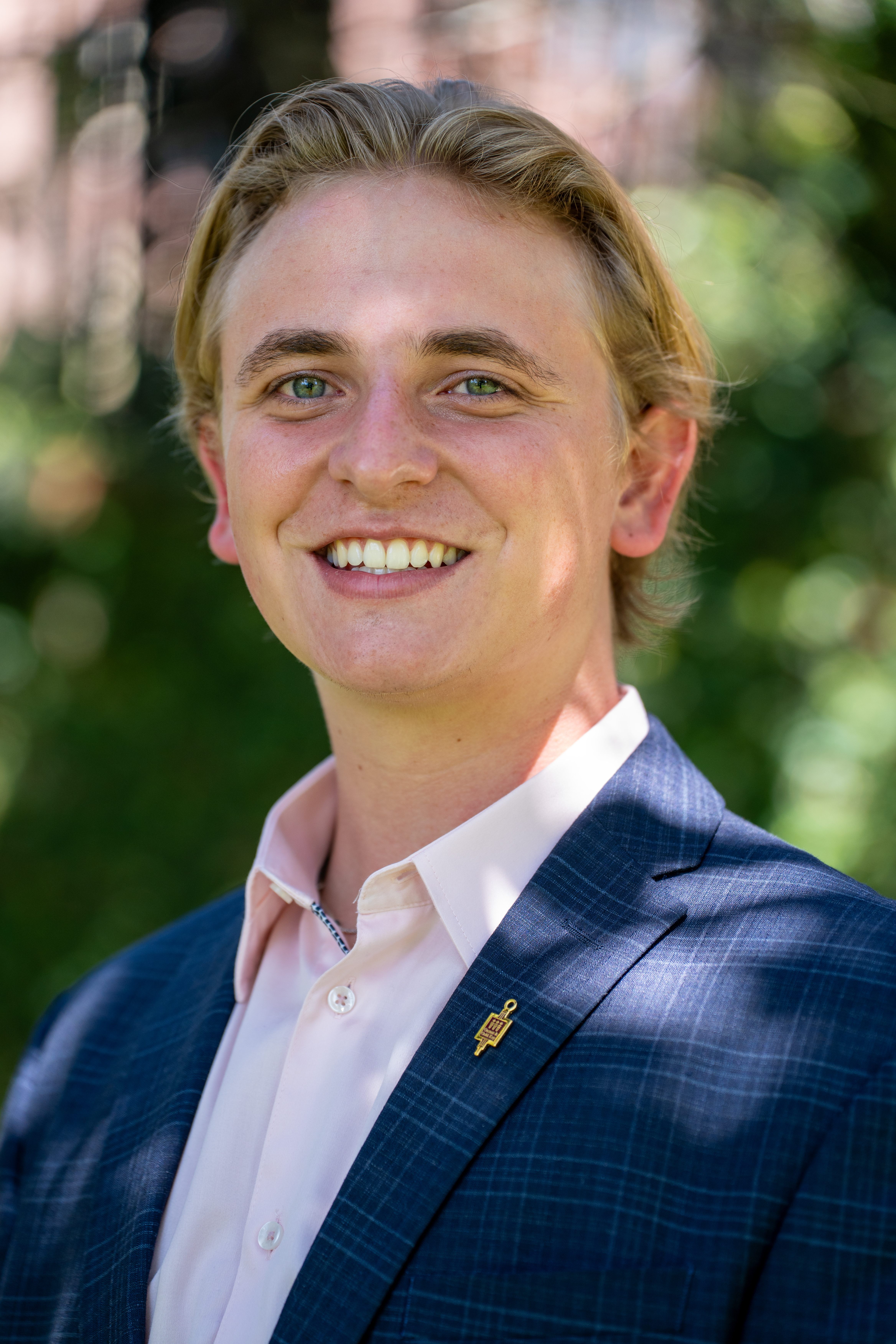President's Showcase
Ian Bridges
Supervising Professor: Dr. Guang Wang
Ian Bridges is a pure Mathematics student and the president of Pi Mu Epsilon, the university's premier mathematics fraternity. Ian demonstrates a first-class commitment to research and learning, producing a recreational mathematics paper in his first year at the university. Ian now works with Dr. Xiuwen Liu as a research assistant, now focusing on mathematical problems in artificial intelligence and quantum computing. In the future, Ian hopes to be pursuing his Ph.D in mathematics at the California Institute of Technology. Ian can be found daily at 3pm in MCH216 at the daily math student tea.
Abstract
The constant influx of new medical research poses challenges for both researchers attempting to find and digest relevant articles and non-medical professionals attempting to gather information about diseases and their treatment methods. We present preliminary results on a classification model to determine whether a paper presents original experimental results. A preliminary model is proposed to determine the independent and dependent variable discussed in the aforementioned papers which present original experimental results.
Presentation Materials
Project Materials
Project Documents and Links
Connor Krassel
Supervising Professor: Dr. Robert Hickner
Connor Krassel was born in Melbourne, Florida and is currently a Junior Biological Sciences major. He plans on applying to medical school at the end of his undergraduate years with the goal of studying anesthesiology. He has been working as a research assistant in Dr. Hickner’s lab for over a year in the College of Health and Human sciences and is now excited to share his own research with Riley Hart through the IDEA Grant program.
Abstract
Cardiovascular disease (CVD) has risen to alarming levels and remains the leading cause of death in the United States. One of the early signs of CVD is elevations in reactive oxygen species (ROS). NADPH oxidase (NOX) is the main source of ROS in blood vessels, and increased NOX activity may impact CVD related factors, such as fat mobilization (lipolysis) and blood flow. PURPOSE: The overall objective of this study was to investigate how NOX-derived ROS production affects blood flow and lipolysis. METHODS: Sixteen sedentary females (age: 21 ± 5 years; body mass index: 22.2 ± 3.8 kg/m2 ; body fat: 31.6 ± 6.8 %) participated in this study. Microdialysis and a hyperinsulinemic-euglycemic were performed where ROS production was measured as H2O2 concentrations, adipose tissue microvascular blood flow (ATMBF) as ethanol outflow/inflow ratio, and lipolysis as glycerol. Apocynin (APO; NOX inhibitor) was infused via microdialysis to determine the contributions of NOX. RESULTS: APO perfusion significantly reduced H2O2 (APO: 0.69 ± 0.27 mM; Control: 1.14 ± 0.51 mM, p = < .0001), decreased ATMBF (APO: 0.79 ± 0.14; Control: 0.68 ± 0.14, p = 0.001) and glycerol (APO: 35.87 ± 18.79 mmol/L; Control: 41.48 ± 23.73 mmol/L, p = 0.0476). No effect of state (basal or clamp) by APO interactions were detected (p = > 0.05). CONCLUSIONS: Reductions in NOX produced ROS are accompanied by decreased blood flow and lipolysis rates that are independent of insulin-regulated pathways. These findings have critical implications as NOX produced ROS may increase the risk of CVD.
Presentation Materials
Project Materials
Project Documents and Links
Riley Hart
Supervising Professor: Dr. Robert Hickner
Riley Hart is a senior from Pensacola, Florida majoring in Exercise Physiology with minors in Child Development and Biology. After she finishes her undergraduate degree, she intend to pursue a career as a physician assistant. Riley have been involved in research under Dr. Hickner’s Lab studying oxidative stress and vascular health since her sophomore year as a UROP student. Research has been an imperative experience for her undergraduate career and an important piece of her personal and professional development. Additionally, research has provided Riley the opportunity to make impactful contributions to projects aimed at addressing pressing medical issues, reflecting her strong desires to help others and advance the medical field.
Abstract
Cardiovascular disease (CVD) has risen to alarming levels and remains the leading cause of death in the United States. One of the early signs of CVD is elevations in reactive oxygen species (ROS). NADPH oxidase (NOX) is the main source of ROS in blood vessels, and increased NOX activity may impact CVD related factors, such as fat mobilization (lipolysis) and blood flow. PURPOSE: The overall objective of this study was to investigate how NOX-derived ROS production affects blood flow and lipolysis. METHODS: Sixteen sedentary females (age: 21 ± 5 years; body mass index: 22.2 ± 3.8 kg/m2 ; body fat: 31.6 ± 6.8 %) participated in this study. Microdialysis and a hyperinsulinemic-euglycemic were performed where ROS production was measured as H2O2 concentrations, adipose tissue microvascular blood flow (ATMBF) as ethanol outflow/inflow ratio, and lipolysis as glycerol. Apocynin (APO; NOX inhibitor) was infused via microdialysis to determine the contributions of NOX. RESULTS: APO perfusion significantly reduced H2O2 (APO: 0.69 ± 0.27 mM; Control: 1.14 ± 0.51 mM, p = < .0001), decreased ATMBF (APO: 0.79 ± 0.14; Control: 0.68 ± 0.14, p = 0.001) and glycerol (APO: 35.87 ± 18.79 mmol/L; Control: 41.48 ± 23.73 mmol/L, p = 0.0476). No effect of state (basal or clamp) by APO interactions were detected (p = > 0.05). CONCLUSIONS: Reductions in NOX produced ROS are accompanied by decreased blood flow and lipolysis rates that are independent of insulin-regulated pathways. These findings have critical implications as NOX produced ROS may increase the risk of CVD.
Presentation Materials
Project Materials
Project Documents and Links
Janeen Green
Supervising Professor: Dr. Joseph Hellweg
A senior double-majoring in Religion and Humanities, Janeen Green is an Honors in the Major student who is passionate about human rights, social justice, and intercultural communication. After studying abroad in London, England during the summer of 2021, Ms. Green returned to Florida State and interned at the Center for Global Engagement as the Administrative Intern for the Global Citizenship Certificate (GCC), which she is currently enrolled in. She later participated in The Fund for American Studies in Washington, D.C. by attending professional development seminars regularly while simultaneously interning at The Well News. Ms. Green became the President of FSU's Religion Club (SORCE) in the Fall of 2022 and is a member of Alliance for Black Women. This past March, Ms. Green attended Johns Hopkins University's Richard Macksey National Undergraduate Humanities Research Symposium to present her research on Black women's passages through European art. She was selected as the College of Arts and Sciences 2023 Humanitarian of the Year and received an Academic Leadership Award.
Abstract
Arab American Muslim women living in Dearborn, Michigan find themselves situated at the intersection of Islam, feminism, and American culture. Faced with ethical challenges in their lives, these women adapt Islam to different contexts in order to make decisions that are responsive to their communities while remaining authentic to themselves. These ethical theorists cultivate a process of discerning the relative priority they give to various influences in their lives and engage in negotiation on them with their families, friends, and their broader communities. They are able to draw on a repertoire of diverse cultural rhetorics available to them to fashion themselves in very diverse ways within the community that may be perceived from the outside world as homogenous and inflexible but are, in fact, not. The Islamic communities in Dearborn reflect the diversity we see in the United States, especially with narratives providing reflection and imitation for Muslim women to exercise their agency in various spaces. Interviews with civil rights attorneys, human rights advocates, religious leaders, and academics were conducted over four weeks through open-ended, semi-structured interviews and focused life-history interviews. One small focus group also occurred and consisted of Yemeni American Muslim women which enabled them to share their thoughts on key themes that arise in the overlap between Islam and women's flourishing. As home to the largest Muslim population in the United States, Dearborn, Michigan allowed the researcher to immerse within the Arab world as conditions in the Middle East prevented any research to occur.
Presentation Materials
Project Materials
Project Documents and Links
Bronson Leiro
Supervising Professor: Prof. Tra Bouscaren
Bronson Leiro is a senior in the Bachelor of Fine Arts Studio Art program. Primarily interested in filmmaking, he plans to incorporate multiple avenues of expression into cinematic experiences. He prioritizes healthy, sustainable creative processes. Much of his research pertains to finding and creating environmentally safe alternatives to the toxic materials previously used in his creations.
Abstract
This research project tackles the challenge of sustainability and toxicity in sculpture materials, with a focus on finding an alternative to concrete due to its harmful ingredients and environmental impact. Utilizing concrete exposes the maker to harmful substances and its future disposal will leach chemicals into the environment; along with the pollution already created from mining its components. Through extensive research, an innovative solution emerged: a novel material composed entirely of oyster shells. Although untested for construction, it proved structurally robust for sculptures, offering safety and eco friendliness in disposal and a healthier work environment. Further exploration revealed materials like concrete made from wood ash; intentionally impermanent, it is not only safe for the environment but beneficial. Plans are being processed to infuse wood ash concrete sculptures with native seeds and nutrients. The idea being that these sculptures will serve as art installations for limited time up-close viewing, to then be taken by the elements. My first intention was to make sure my sculptures did not harm the environment, and this has now evolved into works that can benefit the environment. Through the support of the IDEA Grant, great insight has been reached regarding responsible artistic creation, transforming the process into one that respects personal well-being and contributes positively to the environment.
Presentation Materials
Project Materials
Project Documents and Links
Traysea Malama-Auger
Supervising Professor: Dr. Emily DuVal
Traysea Malama-Auger is a senior majoring in Biology. Her research interests are firmly centered in behavioral ecology with an ornithological focus, and her ideal career would be to work as an ornithologist through a university or research station. It is Traysea’s personal goal to give back to her family and community in Hawaii by working as an ornithologist on the ‘āina. In her free time she loves to bird with friends, draw, and read.
Abstract
Social animals coordinate behavior with conspecifics through communication. Avian vocalizations between mated pairs could potentially reveal important indicators of fitness, such as territoriality and reproductivity. Given the importance of communication between members of the same species, the mechanisms through which communication occurs could influence social interactions and are therefore likely to have evolved via natural selection. An avian duet can loosely be defined as a joint acoustic display in which two birds coordinate their song with a degree of temporal arrangement (Farabaugh 1982). Duetting in avian species is incredibly diverse, with both the form and the members involved varying per species. My research project investigates whether the coordinated vocalizations elicited from brown-headed nuthatch (Sitta pusilla) pairs are duets. I will test three characteristics of a duet; whether paired songs overlap more often than by chance, if the paired song has a defined structure that repeats over time, and if there is a noticeable and predictable time lapse which would indicate that the pair is coordinating the timing of their songs. If evidence for duetting exists, then a second set of hypotheses would address whether brown-headed nuthatches are recognizing and memorizing the duet codes of a neighboring family group, in comparison to “stranger” or a random floater male.
Presentation Materials
Project Documents and Links
Martha Cooper
Supervising Professor: Dr. Irmak Olcaysoy
Martha Cooper is a senior double majoring in Psychology and Philosophy and aims to study at the intersection of these two fields at the graduate level. Her time as a research assistant and lab manager in a social cognition laboratory has shaped her interests in belief formation and person-perception. She is passionate about improving public understanding of science, critical reasoning, and how we refine knowledge about the self and others. She would like to thank her faculty mentor Dr. Irmak Okten for equipping her with the necessary skills and confidence to complete an independent research project.
Abstract
In recent years, explicit bias has taken the forefront of conversations surrounding social justice efforts, especially in the context of racial discrimination. Yet, while many acknowledge bias as being undesirable, most people hold some form of bias against members of minority groups (Charlesworth et al., 2021). Unfortunately, negative mental associations can lead to discriminatory practices with far reaching consequences. For example, racial biases can predict the speed at which someone will shoot an individual holding a weapon (Correll et. al., 2002). In addition, higher rates of explicit racial bias in K-12 schools can predict harsher punishments for Black students compared to White students who commit the same transgressions (Riddle & Sinclair, 2018). While research in Social Psychology has sought to identify and resolve the sources of bias, serious racial disparities in healthcare, education, and the criminal justice system persist (Williams & Mohammed, 2008; Quintana & Mahgoub, 2016; Kovera, 2019). My project offers a new perspective on racial bias by examining the role of motivational dimensions in bias reduction efforts. In my study, I developed a new measure tapping into bias regulation motives, which consists of ten different scenarios where racial bias is likely to occur (according to past research). Then, I confirmed that an individual’s perceived value and self-efficacy expectancy can predict their scores on measures of explicit bias. This approach offers evidence that targeting individuals’ bias regulation motives can aid in reducing their levels of racial bias.
Presentation Materials


